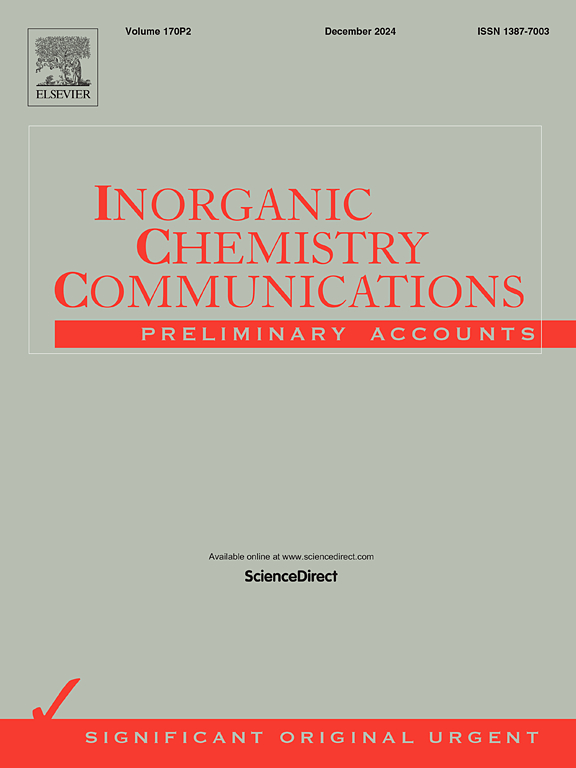Effect of pretreatment temperature and atmosphere on the structure and adsorption properties of KOH-activated porous carbon for methylene blue removal
IF 4.4
3区 化学
Q1 CHEMISTRY, INORGANIC & NUCLEAR
引用次数: 0
Abstract
The synthesis and exploration of the properties of activated porous carbons – materials capable of capture of substances – increasingly attracts the attention of researchers nowadays. However, studies generally focus on absolute values of adsorption (or other) properties. Pretreatment of carbonaceous materials, whether at high or low temperatures, plays a key role in generating the precursor structure that is subsequently activated. Our research addresses a gap in the existing literature by exploring how pretreatment conditions influence the properties of activated carbon. For the first time, we show how both the pretreatment atmosphere (inert or air) and the temperature used affect the final structure and adsorption performance of polyacrylonitrile-based activated carbons. We found that as the pretreatment temperature increases, the specific surface area decreases, and the crystallite size grows. The sample without any pretreatment showed the largest surface area of 2298.3 m2/g and the best adsorption capacity for methylene blue, reaching 508.4 mg/g. However, it also possesses the lowest nitrogen content, affecting its suitability for certain applications. Additionally, pretreatment atmosphere influences surface characteristics, with inert pretreatment resulting in higher hydroxyl group concentration compared to air pretreatment. This difference in hydroxyl groups contributed to varied adsorption values, measuring 441.2 and 422.6 mg/g for the inert and air pretreated samples, respectively. This highlights the importance of both pretreatment temperature and atmosphere in tailoring the properties of activated carbons for diverse applications.

求助全文
约1分钟内获得全文
求助全文
来源期刊

Inorganic Chemistry Communications
化学-无机化学与核化学
CiteScore
5.50
自引率
7.90%
发文量
1013
审稿时长
53 days
期刊介绍:
Launched in January 1998, Inorganic Chemistry Communications is an international journal dedicated to the rapid publication of short communications in the major areas of inorganic, organometallic and supramolecular chemistry. Topics include synthetic and reaction chemistry, kinetics and mechanisms of reactions, bioinorganic chemistry, photochemistry and the use of metal and organometallic compounds in stoichiometric and catalytic synthesis or organic compounds.
 求助内容:
求助内容: 应助结果提醒方式:
应助结果提醒方式:


